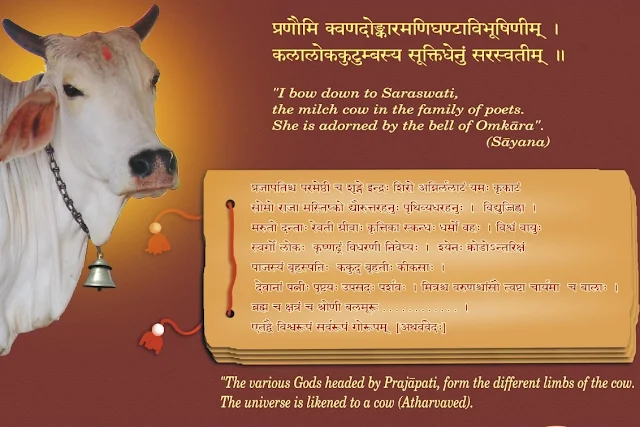
Everyone is welcome to get involved in Save A Cow, from to sponsoring one of the cow residents, to organizing fund-raising Events for Save A Cow. Save A Cow values all beings as individuals and the cow residents are treated with such respect. Save A Cow is helping create a fairer, healthier and more compassionate world.
DONATIONS
Save A Cow saves individual cows on a large scale and enables the individual cow residents to live out their entire natural lives participating together in the complex social relationships they form with each other in their own Free Cow Society on Save A Cow sanctuaries. To help Save A Cow with this pioneering work please make a donation of your choice into the following Save A Cow bank account:
Bank Details:
A/C No. 000101554321
Bank: ICICI BANK LTD
IFSC Code: ICIC0002808 (for RTGS, IMPS and NEFT transactions)
DONATIONS
Save A Cow saves individual cows on a large scale and enables the individual cow residents to live out their entire natural lives participating together in the complex social relationships they form with each other in their own Free Cow Society on Save A Cow sanctuaries. To help Save A Cow with this pioneering work please make a donation of your choice into the following Save A Cow bank account:
Bank Details:
A/C No. 000101554321
Bank: ICICI BANK LTD
IFSC Code: ICIC0002808 (for RTGS, IMPS and NEFT transactions)
Cattle, or cows, are the most common type of large domesticated ungulates. They are a prominent modern member of the subfamily Bovinae, are the most widespread species of the genus Bos, and are most commonly classified collectively as Bos taurus.
Cattle are commonly raised as livestock for meat (beef or veal, see beef cattle), for milk (see dairy cattle), and for hides, which are used to make leather. They are used as riding animals and draft animals (oxen or bullocks, which pull carts, plows and other implements). Another product of cattle is dung, which can be used to create manure or fuel. In some regions, such as parts of India, cattle have significant religious meaning. Cattle, mostly small breeds such as the Miniature Zebu, are also kept as pets.
Cattle are commonly raised as livestock for meat (beef or veal, see beef cattle), for milk (see dairy cattle), and for hides, which are used to make leather. They are used as riding animals and draft animals (oxen or bullocks, which pull carts, plows and other implements). Another product of cattle is dung, which can be used to create manure or fuel. In some regions, such as parts of India, cattle have significant religious meaning. Cattle, mostly small breeds such as the Miniature Zebu, are also kept as pets.
Around 10,500 years ago, cattle were domesticated from as few as 80 progenitors in central Anatolia, the Levant and Western Iran. According to an estimate from 2011, there are 1.4 billion cattle in the world. In 2009, cattle became one of the first livestock animals to have a fully mapped genome.
Under natural conditions, calves stay with their mother until weaning at 8 to 11 months. Heifer and bull calves are equally attached to their mothers in the first few months of life. Cattle are considered to be "hider" type animals,[clarification needed] but in the artificial environment of small calving pens, close proximity between cow and calf is maintained by the mother at the first three calvings but this changes to being mediated by the calf after these. Primiparous dams show a higher incidence of abnormal maternal behavior.
Beef-calves reared on the range suckle an average of 5.0 times every 24 hours with an average total time of 46 min spent suckling. There is a diurnal rhythm in suckling activity with peaks between 05:00–07:00, 10:00–13:00 and 17:00–21:00.
Studies on the natural weaning of zebu cattle (Bos indicus) have shown that the cow weans her calves over a 2-week period, but after that, she continues to show strong affiliatory behavior with her offspring and preferentially chooses them for grooming and as grazing partners for at least 4–5 years.
Under natural conditions, calves stay with their mother until weaning at 8 to 11 months. Heifer and bull calves are equally attached to their mothers in the first few months of life. Cattle are considered to be "hider" type animals,[clarification needed] but in the artificial environment of small calving pens, close proximity between cow and calf is maintained by the mother at the first three calvings but this changes to being mediated by the calf after these. Primiparous dams show a higher incidence of abnormal maternal behavior.
Beef-calves reared on the range suckle an average of 5.0 times every 24 hours with an average total time of 46 min spent suckling. There is a diurnal rhythm in suckling activity with peaks between 05:00–07:00, 10:00–13:00 and 17:00–21:00.
Studies on the natural weaning of zebu cattle (Bos indicus) have shown that the cow weans her calves over a 2-week period, but after that, she continues to show strong affiliatory behavior with her offspring and preferentially chooses them for grooming and as grazing partners for at least 4–5 years.
